Ferrara, the city of "green" heat
Focus
Focus
Category Facet
Custom Facet
Search Results
-
Web Content Article On Aug 4, 2020 5:14 PM
With the Geocall IT system, we have applied the benefits of digitalisation to our emergency response operations, making all relevant information available via smartphone. Find out how we have made...
Asset Publisher
What's Ferrara's green secret? It lies underground, where a geothermal reservoir powers the city’s district heating system. As a result, 95% of the thermal energy distributed in the city is clean and we avoid about 26,000 tonnes of CO2 emissions per year.

A hidden treasure lies beneath the ground in Ferrara. Not a chest full of gold coins or a vault hiding works of art, but a gift that nature has bestowed on the city. Roughly two thousand metres below ground, near the village of Casaglia, there is a geothermal reservoir that supplies water at a temperature of around 100°C. It is one of the most important reservoirs in the world and represents a renewable, completely clean energy source.
This natural treasure is what makes Ferrara’s district heating system one of the most advanced geothermal plants in Europe. The reservoir supplies 55% of thermal energy to a 179-kilometre-long network that serves around 27,000 homes. Thanks to geothermal energy, combined with heat recovered from the waste-to-energy plant in Via Diana, 95% of the heating we provide in Ferrara is green. Hera’s district heating system allows the city of Ferrara to save 26,000 tonnes of CO₂ emissions every year.
This source of clean energy is managed by the Hera Group, in partnership with Enel Green Power through a Temporary Grouping of Companies created specifically to manage the Casaglia geothermal source.
The strategy we have developed over the years has just one goal: to boost district heating in the city and create value for both residential and industrial customers.
District heating: an answer to the problem of air pollution
The district heating service offers an answer to air pollution problems because it allows heat generation to be concentrated in efficient production centres. To produce the heat needed for domestic heating and hot water, it is possible to recover energy from other processes and use renewable sources, resulting in extremely low pollutant emissions compared to conventional domestic or building-level boilers. For example, Ferrara’s system has obtained the Carbon Footprint certification in accordance with ISO 14067/2018 for thermal energy production, and it has a carbon footprint 64% lower than a traditional boiler-based system.
Across all areas served, in 2024 Hera’s district heating system avoided 16,000 tonnes of oil equivalent (TOE), 35,000 tonnes of greenhouse gas emissions, and 48 tonnes of nitrogen oxides.
Search Bar
Tag Facet
Asset Publisher
Creating shared value report 2024

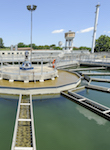
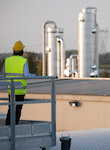

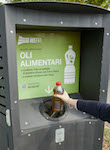
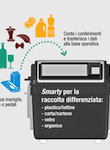
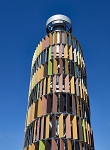

.jpg/468d051b-ba80-83a6-359d-7ef55eefd940)
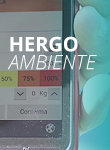
.jpeg/1d0e0770-1094-b22b-fce4-099f27c72978)